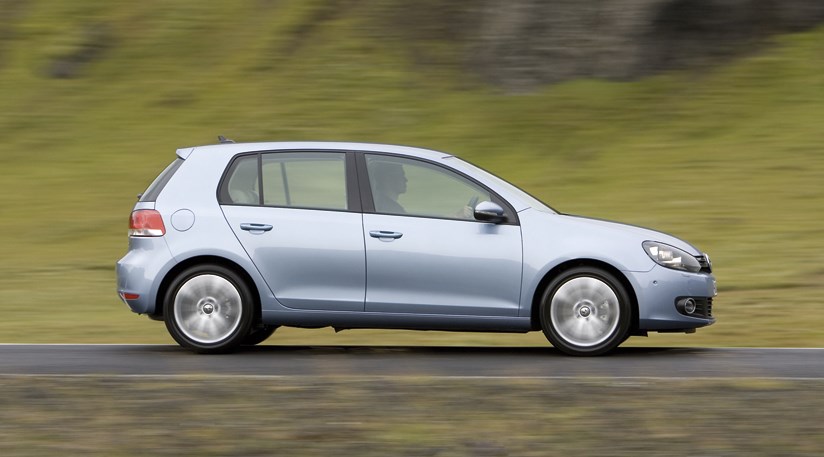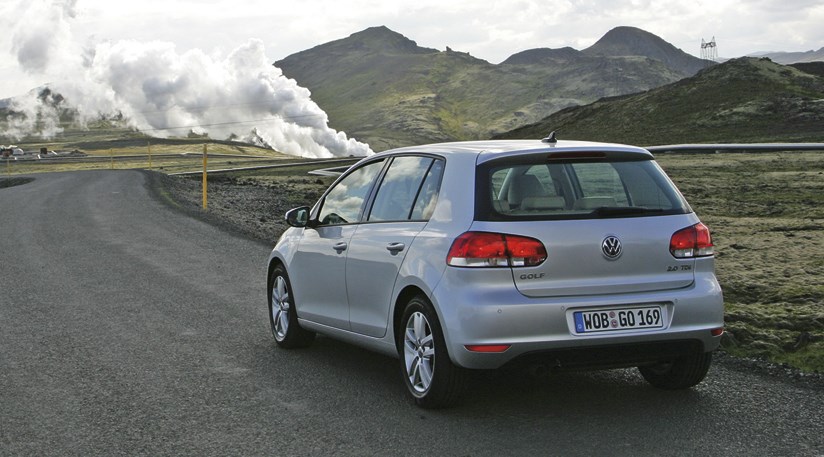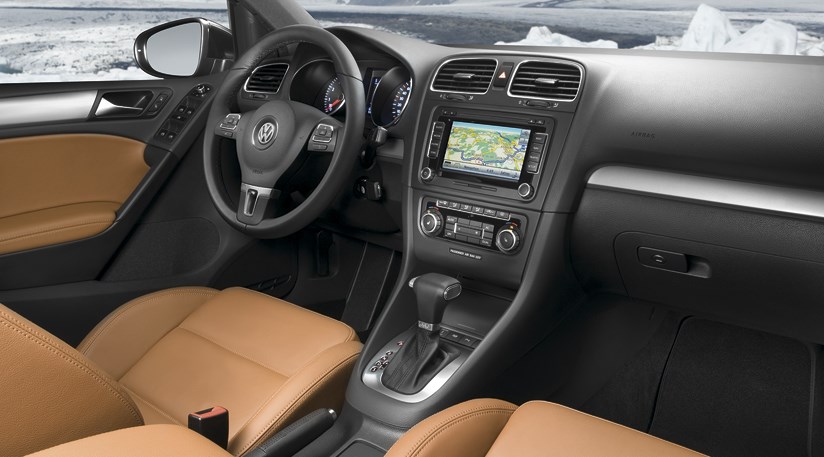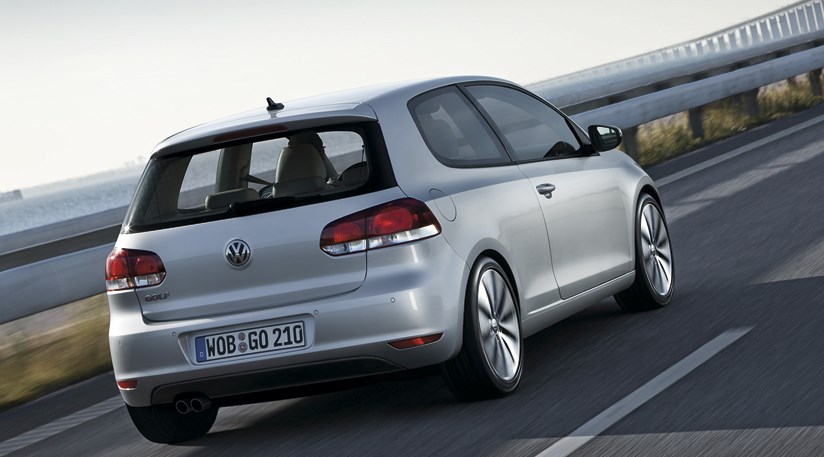
By Anthony ffrench-Constant
23 September 2008 09:00
Despite the residue of hundreds of kilted Scottish football supporters who were far too sloshed to find the airport after the World Cup qualifying match – and, for that matter, probably still are – Reykjavik is an outstanding city from which to launch a car.
Compared to anything else on offer on the planet, the surrounding scenery is absolutely brand spanking new and largely still hot to the touch, the air’s so good that no amount of vigorous fag smoking will put a dent in its quality, it’s hilariously, wallet-meltingly expensive and the women are so pretty it makes you want to burst out cheering. Actually that last bit’s a fib; most of the girls are up there with Bjork on the Troll scale and, after a week of relentless Glaswegian chat-up line pummelling, are none too friendly to boot.
You’ll never, ever learn the language, which sounds like Scandinavian played backwards and bubbled through bath water, and your taste buds will find it equally hard to come to terms with the food. Puffin looks and cuts like duck, but tastes of anchovies, whale (bought ages ago off a Japanese ship refused a berth anywhere else) looks and cuts like liver, but tastes like a cow that’s recently been scuba diving in the Red Sea, and black guillemot tastes, um, quite unlike anything I’ve ever eaten before. And as for the Stinky Food Festival chunks of shark they bury for months in the sand until the seeping ammonia will weep the eye-balls clean out of your skull; don’t even think about it.
Into this absorbing environment, Volkswagen introduced a fleet of Phaetons, complete with more chauffeurs than Iceland has policemen (honest), in which I spent marginally more time than the car I’d turned up to drive. Seriously, in order to ensure we stayed on message and weren’t distracted by the delights of Reykjavik, VW built a main dealer sized, erm, indoctrination centre in the middle of nowhere and spent so much time ferrying us to and fro in rear seat 
Oh do get on with it!
Sorry. And then it struck me… They did all this on purpose. So little of import has changed between Golfs MkV and VI that the latest iteration was in desperate need of a USP. In that context, Volkswagen have opted for the Sound of Silence, and the reason why we spent so long in the back of a Phaeton is precisely because we were being covertly nudged into making cabin hush comparisons between the two.
Allied to a huge hike in interior quality, the MkVI has indeed been soundproofed senseless to seriously good effect. Ironically, the only gripe remaining is that they’ve thrown out the blue back-lighting to the instrumentation in favour of white. Surely that was something of a Golf USP in its own right.
So what’s the diesel like, then?
They say this is a new 138bhp version of VW’s 2.0 litre common-rail turbodiesel, yet it instantly feels as familiar as your favourite pants. From just 1750rpm a slug of 236lb ft of torque elicits predictable urge, particularly when mated here to the group’s admirable six-speed, twin-clutch DSG gearbox, which slurs both up and down changes with greased eel alacrity.
Thing is, however, faced with stiff competition from VW’s delicious 1.4 litre twincharger unit, I’m increasingly less inclined to favour the diesel option. It’s heavier, which makes the Golf a little less inclined to respond to the helm at turn in than its sibling, and, despite the soundproofing Tefal heads’ best efforts, it’s noisier, which somewhat goes against the grain of the whole quiet and refined pitch.
Anything else?
Not really. This is a respectable looking hatchback, but certainly no prettier than its predecessor. It now benefits from Adaptive Chassis Control, of which previous squirts in both the Passat CC and Scirocco have lead me to decide the ‘Normal’ setting need never be abandoned, standard equipment levels are perfectly acceptable, refinement – a genuine bonus for long-haul users – is first class and, speaking as an ex-Mk II owner, £20,550 (including £1300 for the DGS box) seems an awful lot of dosh to fork out for a Golf.
Verdict
There’s a whole raft of people out there who are never going to settle for anything other than a Golf, and they won’t be disappointed with the MKVI. In striving for interior refinement and hush levels matching higher segment cars, VW have been admirably successful. And the fact that just a whiff of verve seems lacking on the dynamic front isn’t going to perturb the Golf customer heartland in the slightest. Good, but the 158bhp 1.4 TSI version is better.
Statistics
| How much? | £20,550 |
|---|---|
| On sale in the UK: | January 2009 |
| Engine: | 1968cc, 4-cyl turbodiesel 138bhp @ 4200rpm, 236lb ft @ 1750-2500rpm |
| Transmission: | Six-speed twin-clutch DSG, front-wheel drive |
| Performance: | 9.3 sec 0-62mph, 130mph, 51.4mpg, 129g/km CO2 |
| How heavy / made of? | 1374kg/steel |
| How big (length/width/height in mm)? | 4199/1779/1479 |
CAR's rating
Handling
Performance
Usability
Feelgood factor
Readers' rating

































